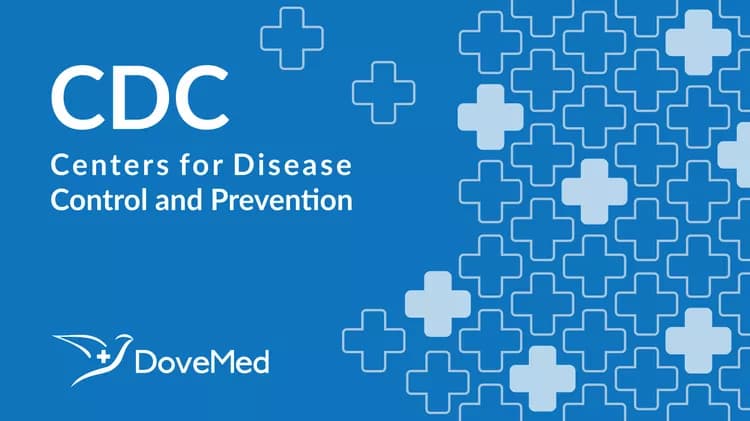
Drop In Cigarette Consumption Offset By Increases In Other Forms Of Smoked Tobacco
Drop in cigarette consumption offset by increases in other forms of smoked tobacco
Loopholes in tax structure, classification system are possible causes
Sharp increases in total adult consumption of pipe tobacco (used for roll-your-own cigarettes) and cigarette-like cigars since 2008 have offset declines in total cigarette consumption, according to a new report from the Centers for Disease Control and Prevention. Although total cigarette consumption continued an 11-year downward trend with a 2.5 percent decline from 2010 to 2011, dramatic increases in use of non-cigarette smoked tobacco products have slowed the long decline in overall consumption of smoked tobacco products.
From 2000 to 2011, the largest increases were in consumption of pipe tobacco (482 percent) and large cigars (233 percent). The increase in cigars was due largely to tobacco manufacturers adding weight to many small cigars so they can be classified as large cigars and avoid higher taxes and regulation, while at the same time retaining a size and shape very similar to cigarettes.
According to the report, total consumption of all smoked tobacco products (including cigarettes, roll-your-own tobacco, pipe tobacco and cigars) declined by 27.5 percent between 2000 and 2011. However, decline was minimal (0.8 percent) between 2010 and 2011. Despite the overall decline, the consumption of non-cigarette smoked tobacco products increased by 123 percent.
“The rise in cigar smoking, which other studies show is a growing problem among youth and young adults, is cause for alarm,” said Tim McAfee, director of CDC’s Office on Smoking and Health. “The Surgeon General’s Report released this past March shows that getting young people to either quit smoking or never start smoking is the key to ending the tobacco epidemic, because 99 percent of all smokers start before they’re 26 years old.”
The study, “Consumption of Cigarettes and Combustible Tobacco—United States, 2000-2011,” published in this week’s Morbidity and Mortality Weekly Report, uses Treasury Department data to calculate consumption for all forms of smoked tobacco products. CDC had previously not calculated consumption estimates, and depended upon consumption data published by the U.S. Department of Agriculture, which USDA stopped reporting in 2007.
The report explains there is a disparity between consumption of cigarettes and other forms of smoked tobacco because the federal excise tax on pipe tobacco and roll-your-own tobacco is lower than cigarettes. The difference led to a dramatic increase in the sale of pipe tobacco used to make roll-your-own cigarettes, a lower-priced alternative to manufactured cigarettes. A provision in a measure signed into law in July, the Transportation and Student Loan Interest Rate bill, could limit the advantage of this price difference. The difference in manufacturing and marketing restrictions between cigarettes and cigars also is a factor in the disparity. While the Food and Drug Administration prohibits the use of flavoring or descriptors such as “light” or “low tar” in cigarettes, there are no such restrictions on cigars and pipe tobacco.
The Substance Abuse and Mental Health Administration also released a report today, which shows that all the states and the District of Columbia have continued to meet their goals of curtailing sales of tobacco to underage youth (those under 18). To further reduce tobacco use among youth and young adults, the 2012 Surgeon General’s Report recommends making tobacco products less affordable, running hard-hitting mass media campaigns, and adequately funding evidence-based tobacco control and prevention programs.
Tobacco use remains the leading cause of preventable death and disease in the United States. The health consequences of tobacco use include heart disease, multiple types of cancer, lung disease, adverse reproductive effects, and the worsening of chronic health conditions. Cigarette use and exposure to secondhand tobacco smoke kill an estimated 443,000 Americans each year. And for every death, 20 people live with a smoking-related disease. In addition to the cost in human life, cigarette smoking has been estimated to cost $193 billion annually in direct health care expenses and lost productivity.
###
U.S. DEPARTMENT OF HEALTH AND HUMAN SERVICES
CDC works 24/7 saving lives and protecting people from health threats to have a more secure nation. Whether these threats are chronic or acute, manmade or natural, human error or deliberate attack, global or domestic, CDC is the U.S. health protection agency.
Related Articles
Test Your Knowledge
Asked by users
Related Centers
Related Specialties
Related Physicians
Related Procedures
Related Resources
Join DoveHubs
and connect with fellow professionals

0 Comments
Please log in to post a comment.